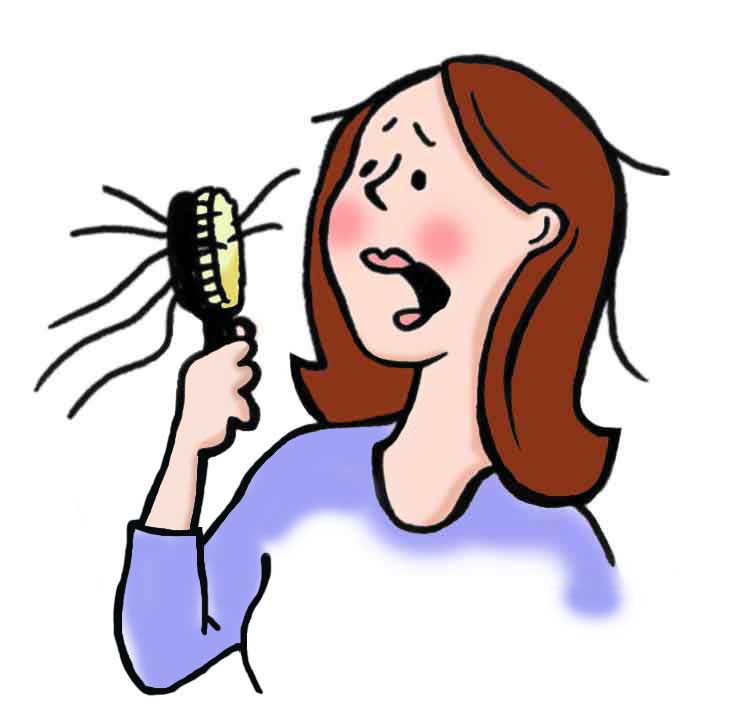Actions to be taken before Holi:
1. Apply either castor oil or olive oil to the hair. castor oil will make a layer over the hair and when you will wash you hair the colors will come out easily.
2. Apply mosituriser to your hands, face and all the exposed body parts.
3. Applydark color nail polish to your nails so that the nails do not get colored. Later remove the nail paint with the nail polish remover.
4. Apply foundation just before playing Holi. This will protect your skin from dry colours. Also apply vaseline to your lips.
Actions to be taken after Holi celebrations:
1. Mix some besan (Besan, also called gram flour, is made from ground, dried chickpeas and is a staple ingredient in many Indian foods.) with milk / malai / yogurt and rub it on skin, wash it off with soap after 5 minutes
2. Apply almond oil and olive oil to your hair.
3. Soak fenugreek seeds in 4 tablespoon of curd and apply to hair or apply yellow of egg to the scalp for 30 minutes. Then wash away with shampoo.
4. Mix 1 tablespoon of vinegar into 3 tablespoon of oil and apply it to the hair. This will provide strength to your hair.
5. Use cold water to remove the colors, hot water makes the color fast and it is difficult to get rid of them.
6. Do not wash your face more time. This will make your face dry.
7. Do not rub your skin Hardly with any rough and hard cloths and anything. This will make your skin itchyand Rases. Apply coconut oil with the help of cotton and ten try to remove the colors.
8. To lighten the colors from body , rub lemon wedges and then aplly wheat flour and oil mixture.
9. Apply any type of moisturiser to the entire body immediately after a taking bath.
10. If you planing a bleach or facial then wait for atleast 8 days or 1 week.
11. Applying soaked amchur powder also helps get rid of color.
For holi SMS, message, holi songs, holi quotes and more video visit :
http://www.filmycomedy.com


